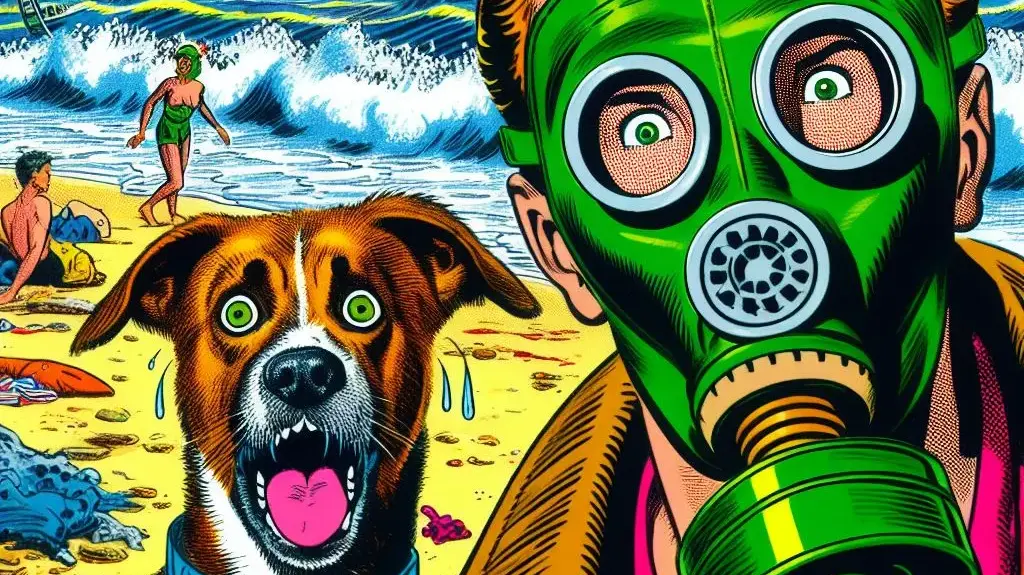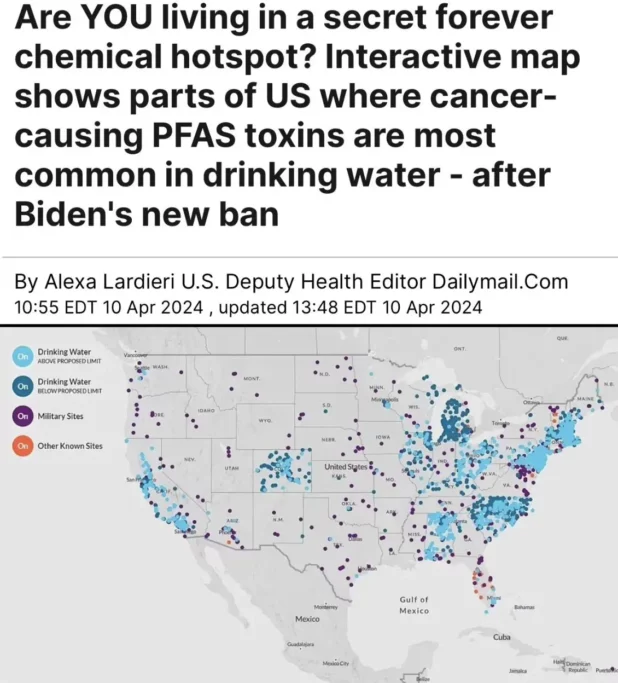Is this true?
It doesn’t really sounds true.
Ocean waves crashing on the world’s shores emit more PFAS into the air than the world’s industrial polluters, new research has found, raising concerns about environmental contamination and human exposure along coastlines.
The study measured levels of PFAS released from the bubbles that burst when waves crash, spraying aerosols into the air. It found sea spray levels were hundreds of thousands times higher than levels in the water.
That doesn’t make sense.
The contaminated spray likely affects groundwater, surface water, vegetation, and agricultural products near coastlines that are far from industrial sources of PFAS, said Ian Cousins, a Stockholm University researcher and the study’s lead author.


Previous non-peer-reviewed research has found a correlation between higher PFAS levels in vegetation samples and proximity to the ocean, Cousin said, and his team is undertaking a similar study.
He said that the results show how the chemicals are powerful surfactants that concentrate on the surface of water, which helps explain why they move from the ocean to the air and atmosphere.
“We thought PFAS were going to go into the ocean and would disappear, but they cycle around and come back to land, and this could continue for a long time into the future,” he said.
This sounds actually hysterical. It’s almost like they’re telling you “don’t even bother thinking about this, because there’s no avoiding it.”
You can at least try not to drink it.


